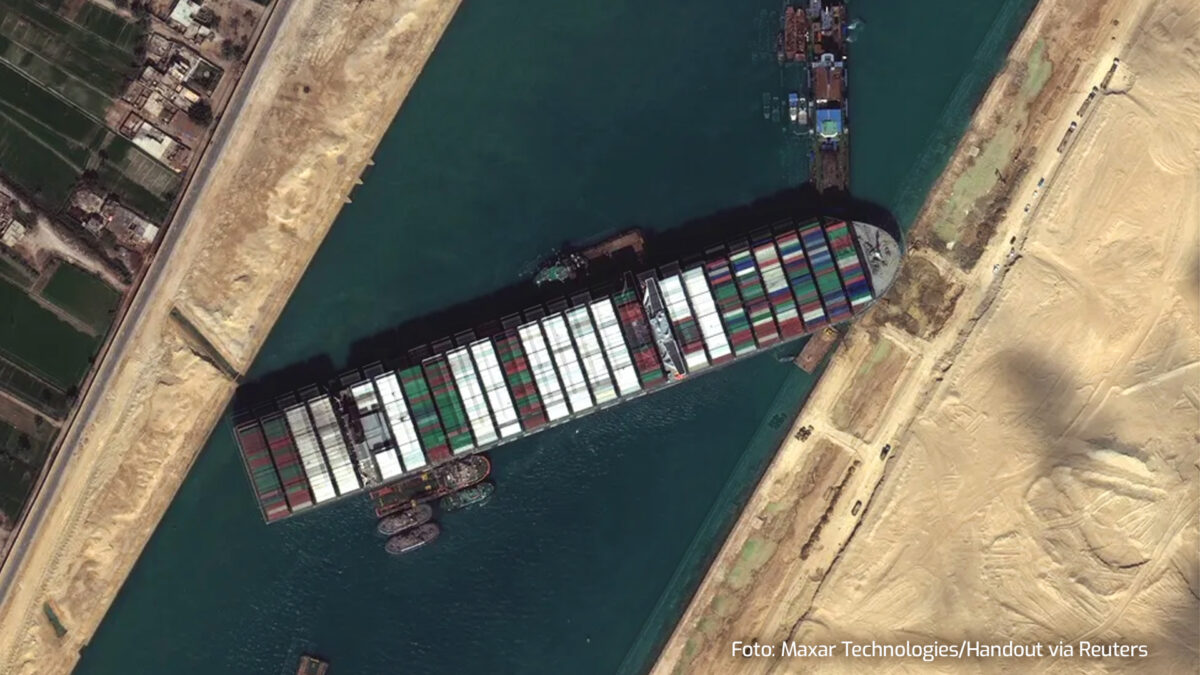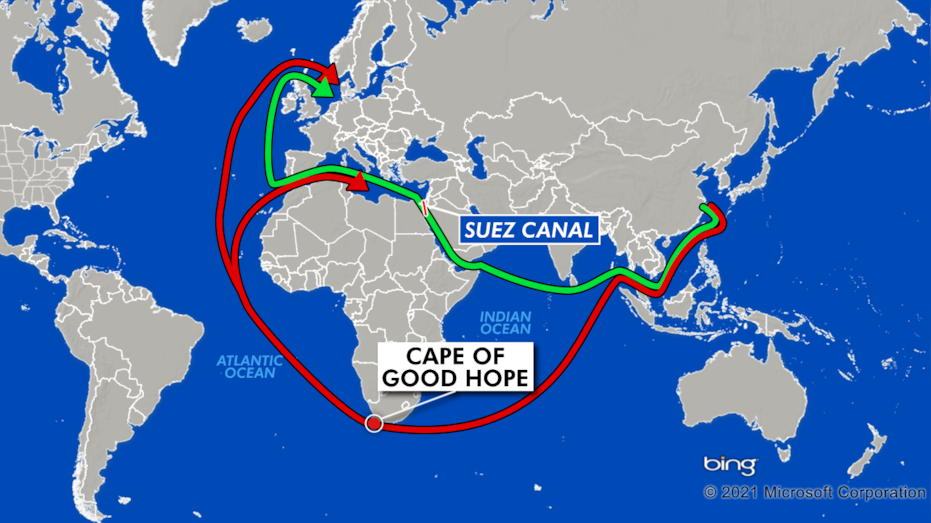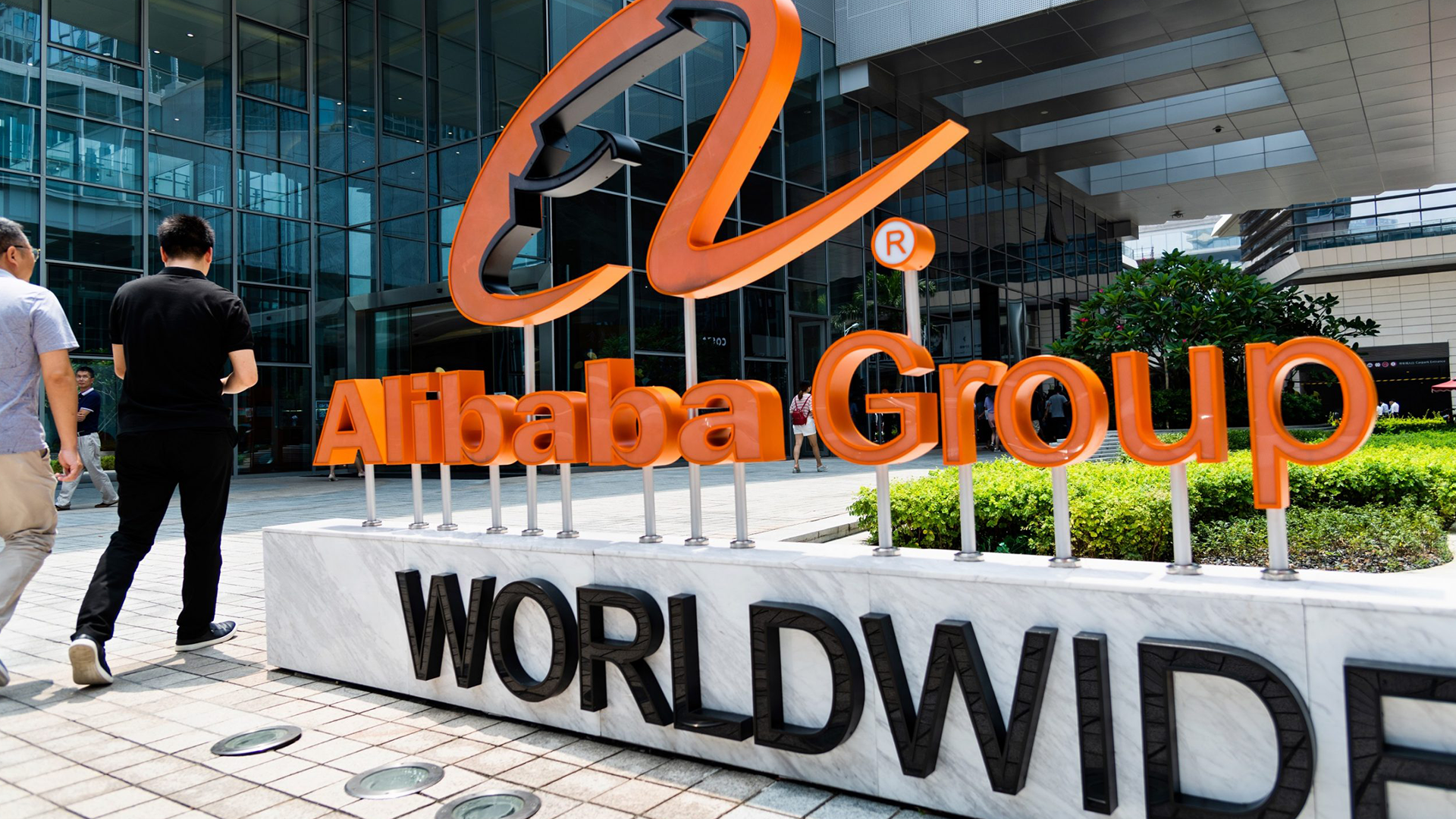
You’ve probably heard of the Suez Canal, but just in case you haven’t, let’s provide an introduction so we’re on the same page.
The Canal is the world’s primary maritime trade route, located in Egypt, in the Sinai Peninsula at the confluence between Africa and Asia, and very close to the coast of Europe. It’s so crucial that, for instance, oil is one of the main commodities shipped through it.
This artificial waterway was constructed over 10 years and was inaugurated in 1869. It received financial support from the United Kingdom and technical assistance from France, among other countries. However, it was eventually nationalized by Egypt in 1956.
What does this have to do with Risk Management?
As we’ve mentioned, the Suez Canal is the world’s primary trade route. Before its existence, ships needing to pass between the Mediterranean Sea and the Indian Ocean had to circumnavigate the entire African continent, navigating around the Cape of Good Hope at the southern tip of Africa.

Imagem from Elizabeth Thomas Medium
The journey to London, for example, was 19,950 km long. With the Canal, this distance reduced to 11,670 km. On average, 50 ships pass through it daily.
Given its strategic importance for global logistics and the economy, it’s essential to map out the risks in detail and actively work on their mitigation.
What if the Suez Canal got blocked?
In 1922, the Suez Crisis nearly made this a reality, causing worldwide anxiety as such an event would have had a significant impact on the global economy. However, many years later, it did happen, and it wasn’t due to warfare.
In March 2021, a cargo ship ran aground, completely blocking the canal for four days. The result was a backlog of vessels, estimated to be at least 200 ships.
Other impacts were also felt, such as increased maritime freight rates, goods waiting at ports due to a lack of ships, route changes to longer paths, factory shutdowns due to raw material shortages, lost sales, and many more.
Not all risks can be avoided
A comprehensive Risk Management strategy involves proactive efforts to anticipate potential situations and also acts in a prescriptive manner, encouraging dynamic behavior to respond more swiftly if the risk materializes.
However, it’s essential to consider that it won’t always be possible to mitigate risks or completely eliminate their threat sources. Sometimes, it’s necessary to accept them, identify their likelihood of becoming real, and know what to do so that the risks don’t generate overly negative consequences, as in our example.
Also, remember that accepting a risk isn’t synonymous with failure but rather a wise strategy to minimize its impacts on your business. Nowadays, there are numerous tools that can contribute to this analysis, among which we highlight a few:
– Business Impact Analysis (BIA): This tool is highly effective for identifying and evaluating the effects of business interruptions. It assists in setting goals and contingency recovery strategies, focusing on mitigating losses and restoring normalcy as quickly as possible.
This allows managers to determine and assess the potential effects that a hypothetical interruption may cause to critical activities within the organization.
– SWOT Analysis: The aim of this tool is to list the strengths, weaknesses, opportunities, and threats of the business. It allows for both internal and external analysis, also identifying opportunities and threats presented by the environment.
When associated with Risk Management, it becomes more comprehensive and facilitates easy identification of what needs to be maintained or improved to mitigate errors or avoid waste.
– Ishikawa Diagram: This tool considers the 6Ms involved in a company’s production process: material, method, measure, machine, environment, and manpower. Probable causes for a particular risk are identified within each of these factors.
It’s essential to seek the cause and not just a justification for the risk; otherwise, you won’t understand it deeply or have a real sense of its impacts.
What to do next?
We never expect a risk to materialize, but we need to be prepared for it. Similarly, we don’t expect a risk to repeat itself, but if it happened once, it could happen again and for different reasons.
So, after Crisis Management and the resumption of company activities, it’s time to evaluate everything that happened, your responses, and actions in light of it. Learning is also a highly effective way to manage your company’s risks.
Review your contingency plan and update it as necessary. Consider that it should include the identification of the risk, which organizational structure will be used for response, the necessary activation procedures for its initiation, which resources will be essential, response actions, among other fundamental aspects.
Additionally, having a Risk Management software can facilitate and streamline the process. For instance, Interact offers the SA Risk Manager module as part of the Interact Suite SA. It enables the identification, analysis, and auditing of control practices with the aim of preventing the materialization of strategic, process, project, financial, environmental, legal risks, among many others.
The solution also features applications to optimize management such as Risk Assessment and Review, Monitoring and Alerts, Risk Mitigation, Risk Mapping, Risk Actions, Incidents and Non-conformities, and Reports and Analysis.
Visit our website now and feel more prepared to conduct effective Risk Management.
Author:

Bianca Wermann
Journalist, Communication and Marketing Analyst at Interact Solutions.



